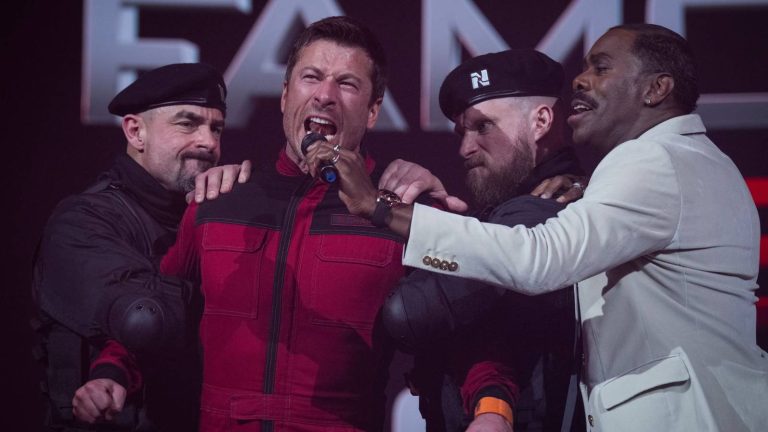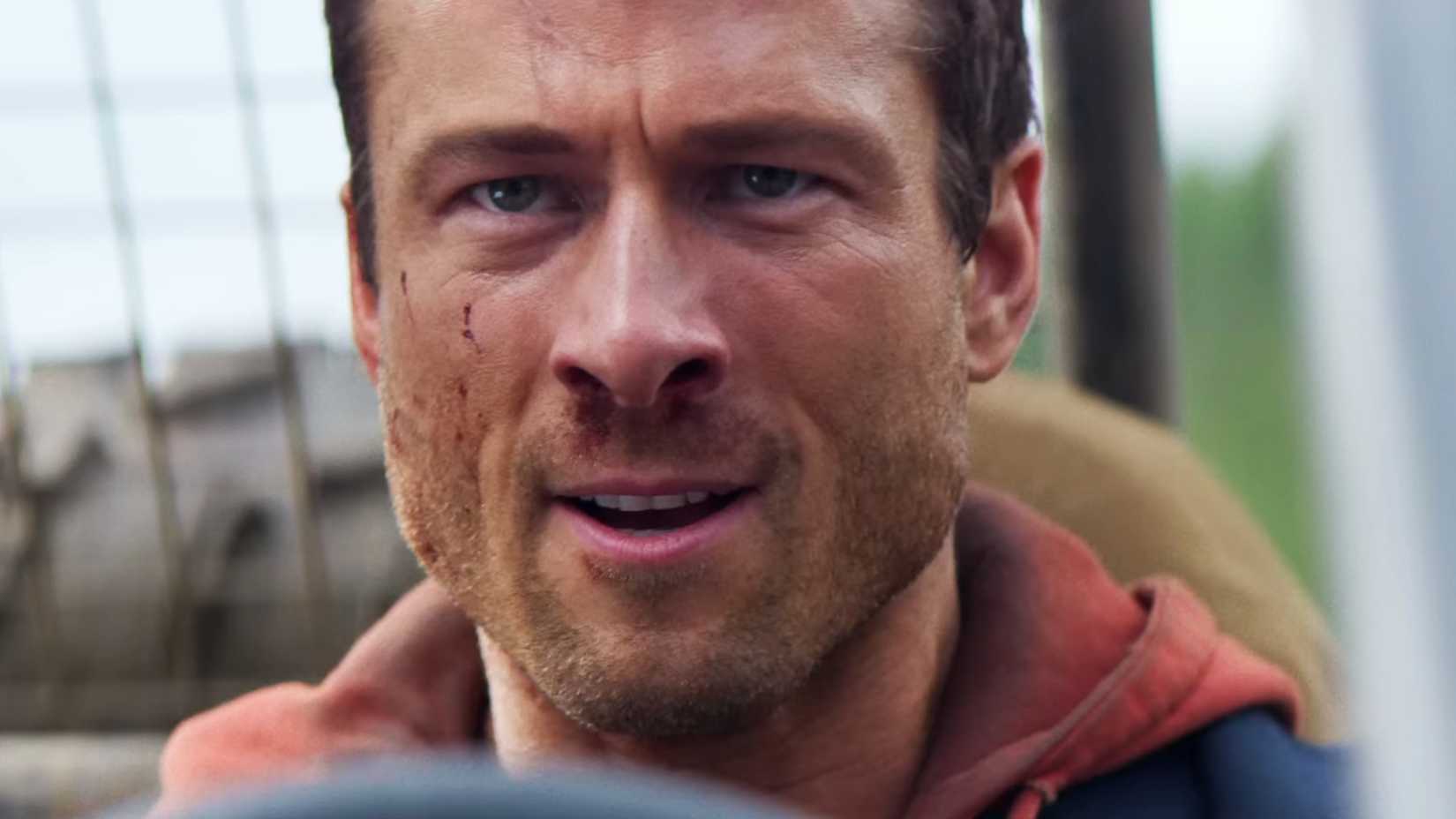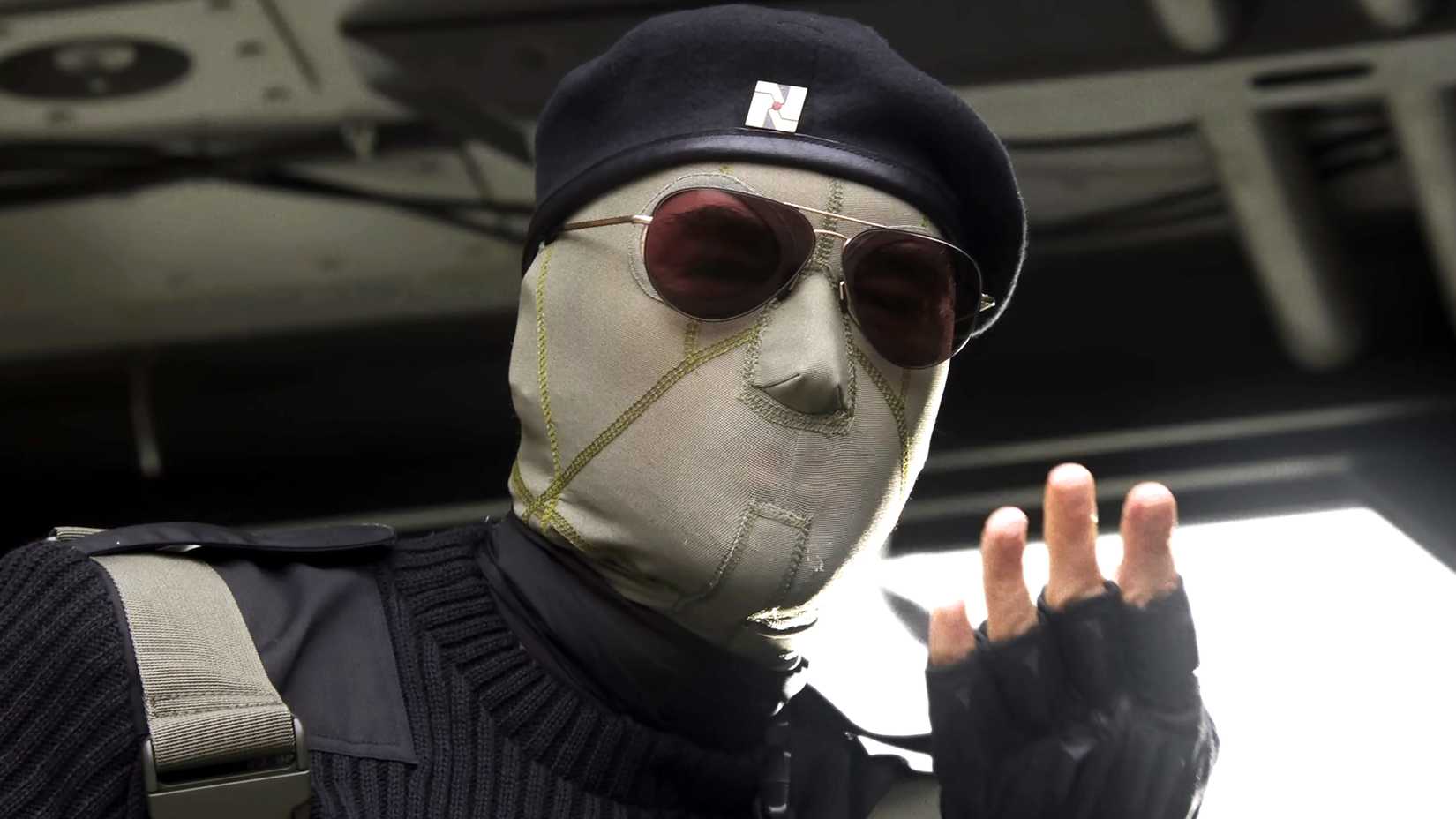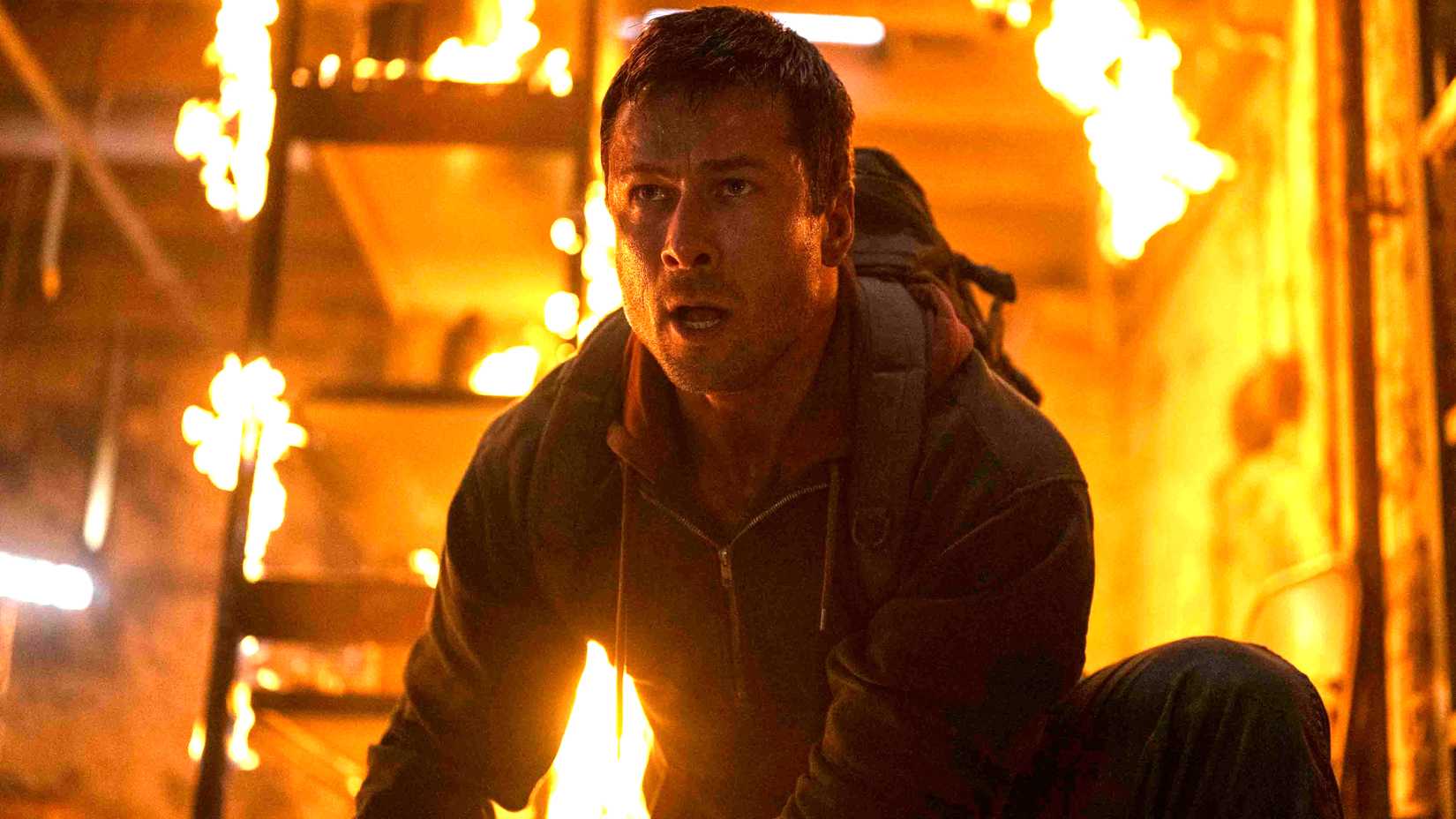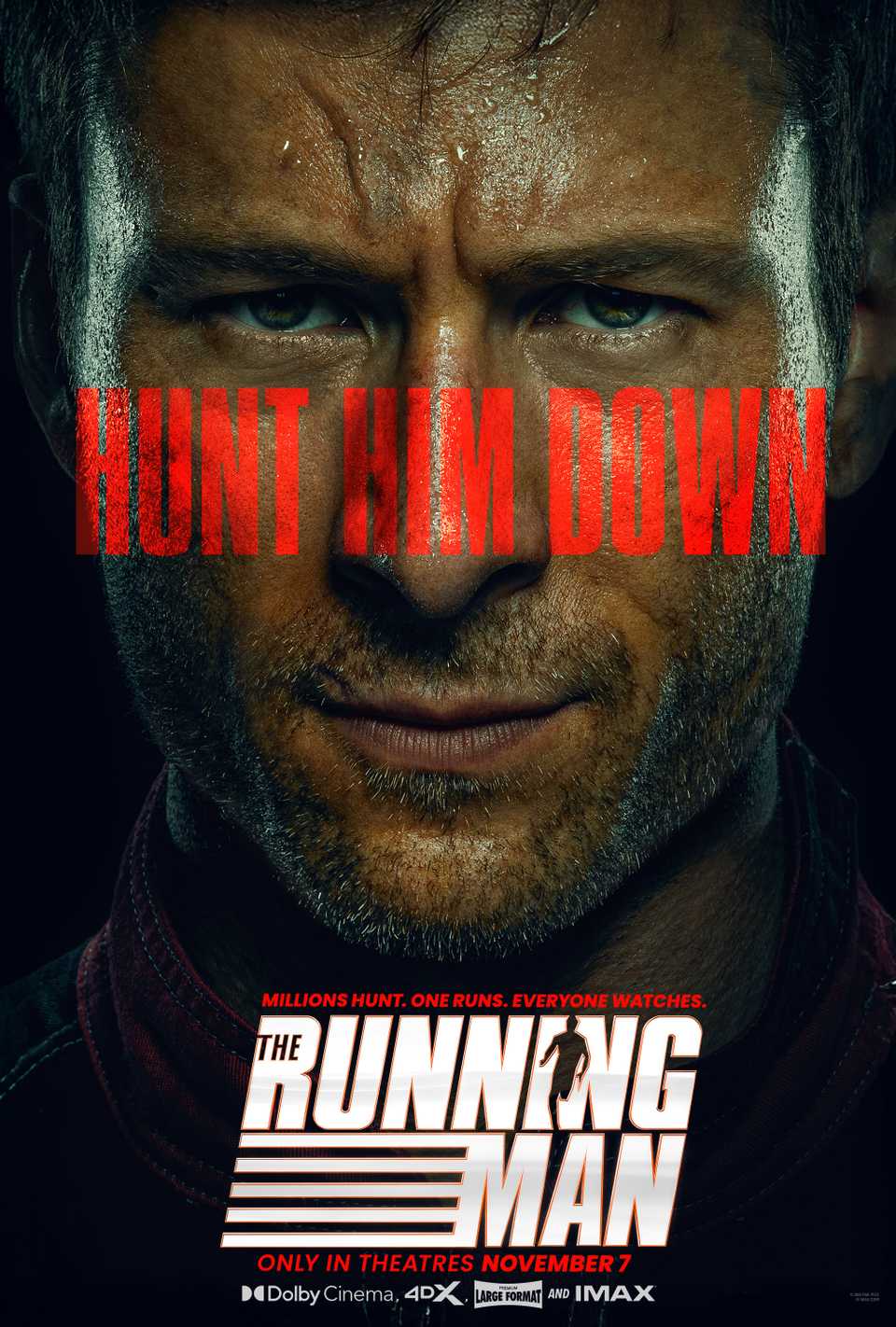The following contains spoilers for The Running ManThe Running Man makes some pretty big changes from the Stephen King original. Published under the pen name Richard Bachman, The Running Man was one of Stephen King’s harshest satires. The film had previously been loosely adapted, but the 2025 version, directed by Edgar Wright, is far more faithful.
Still, despite following the same general arc as the book, the new cinematic version of The Running Man makes some serious deviations. From the personalities of side characters to the final fates of the main cast, here are the biggest differences between The Running Man and the book that inspired it.
Ben Richards Is A Nicer Guy In The Cinematic Version Of The Running Man
The 2025 cinematic version of The Running Man‘s most consistent change is the depiction of Ben Richards as a more heroic figure, which is a departure from the harsher version seen in the book. Throughout The Running Man, Richards is shown to be a thoughtful and committed man, willing to risk himself to save others.
This is a far cry from the version that appears in the original book. Although Richards wasn’t necessarily a bad guy, he was far rougher around the edges. He was notably racist and sexist to some of the people he encountered on his journey, and openly insulted people not out of righteous fury but sheer frustration.
This change makes the Ben Richards of the movie more openly heroic and easier to root for. It also updates the protagonist for a more diverse and modern political era, as opposed to the 1982 origins of the original. It also allows Richards to more easily be cast as a symbol.
Ben Richards Is Less Lethal In Edgar Wright’s The Running Man
One of the ways The Running Man makes Ben Richards more heroic is by refusing to make him a murderer. While he fights for his life, he repeatedly spares his enemies and only ends up purposefully killing the Hunters. Even then, it takes him a while before he reaches that point.
Richards’ book counterpart is different, however. His biggest kill count burst comes when he is attacked on the East Coast and sets off an explosion in a YMCA, purposefully killing five officers. By contrast, the explosion in the new movie is an accident caused by the officers firing on Richards, which is quickly blamed on him.
Similar to the character’s tweaks in terms of personality, Richards is made more heroic by his presentation as a reluctant killer. Even then, he initially spares one of the hunters and only kills him when trying to make his escape.
Sheila Isn’t A Sex Worker in The New Running Man Movie
Throughout The Running Man, Richards is infuriated by accusations from the TV network and the general public that his wife Shelia is a prostitute. Although she works as a waitress and mentions knowing some of her co-workers up their wages by sexually servicing clients, she never does that.
This accusation infuriates Richards frequently, but it’s something that is actually more accurate in the original book. In the novel, Sheila informs Richards that she has turned to sex work to provide for their daughter. It’s part of the book’s overall grittier approach to the material, which has been overall softened for broader cinematic audiences.
Ben Richards Has Nightmares About Different Friends Being Tortured
Early in Edgar Wright’s version of The Running Man, Ben Richards has a nightmare where his friend and supplier, Molie Jernigan, is tortured by McCone and the Hunters as part of their efforts to track down Richards. He even references this to McCone later, and McCone’s response suggests they did interrogate Molie.
This is inspired by the original novel, but it’s been tweaked slightly. In the novel, the nightmare is about Bradley Throckmorton, the Boston-based rebel who helps Richards escape further north. In both cases, Richards imagines his friend being brutally injured and ultimately forced to turn over information.
Molie has the same job in both versions of the story, but he seems to have a much more personal friendship with Richards and his family in the movie. While the book version references his fondness for Sheila, he’s less cordial to Ben than he is in the film.
The Derry Reference Is Different Between The Movie And The Book
Both versions of The Running Man include references to Derry, a common setting in the Stephen King library of stories. However, the exact connection to Derry is different in each version. In the book, Derry is the town where Ben Richards eventually reaches an airstrip and demands a private plane.
In the movie, Derry is the home of Elton Perrakis and his mother. Elton explains how his family has a long history with the town, including how his now deceased father was killed when he refused to give his loyalty over to the Corporation.
Notably, the Derry of The Running Man film has been rendered almost unrecognizable from the version that appears in several Stephen King novels. Even the woods, often a location in novels like It, have been brought low by the corporation and are being replaced with housing in the movie.
Elton Perrakis Is Way Different In The Running Man Book And Movie
Elton Perrakis is one of Ben’s allies in both versions of The Running Man. However, the book version of the character is far less impressive than his movie counterpart. In the book, Elton is overweight and unable to fight. Although he offers Richards shelter, he isn’t able to do much to actively help him.
By contrast, the film makes Elton a much more lean, aggressive character, who has been eager to throw himself into a fight against the company that got his father killed. He ends up being the one to call in the cops instead of his mother, who did the deed in the book.
This is because the movie version wants to fight alongside Richards. This is another extension of the film’s more overt revolutionary elements, which were more downplayed in the original novel. The movie version of Elton even ends up dying alongside Richards.
The Motivation Behind McCone Is Different In Both Versions
McCone is the leader of the Hunters in both versions of The Running Man. However, the backstory for both versions of the character is very different. The McCone of the original book is a high society hunter who is steadily revealed to not nearly have the skill he presents himself with.
In fact, the McCone of the book rarely actually appears and is only confronted by Richards in the climax. By contrast, the McCone of the Edgar Wright movie is a more consistent antagonist. He repeatedly fights Richards, is the one who kills Elton, and even comes close to killing Richards.
The movie twists McCone’s origins by revealing he was a former Running Man contestant, who eventually took a job with the company to become the leader of the Hunters. This makes him a direct foil to Richards, who is given the same offer at the end of the film.
Ben Richards Actually Loses His Family In The Stephen King Novel
One of the darkest moments in both versions of The Running Man is the apparent fate of Ben Richards’ family. In the climax of both movies, Richards is informed that his wife and daughter have been murdered. However, the exact circumstances (as well as the validity of these statements) are revealed to differ.
In the book, Killian’s claims are true. It turns out that within days of Richards going out and getting hunted, random home intruders attacked the pair and killed them. It was a surprising and violent act, which even Killian seems slightly taken aback by. This leaves a broken Richards to almost accept his proposal to become the new lead Hunter.
In the movie, Killian reveals that it was actually McCone’s men who killed Ben’s family as retribution for losing one of their own to him earlier in the movie. Killian reveals this to give Ben more motivation to kill the other Hunters, which he does. However, it’s eventually revealed that Killian faked their deaths, and Ben reunites with them.
Ben Richards’ Final Fate Is Different
Ben Richards has a very different ending in The Running Man movie and the original book. In the novel, a wounded Richards decides to fly the plane he’s on straight into the FreeVee building, killing Killian and any number of other people in the building.
This is different in the movie, which has Killian remotely control the plane and fly it straight at his building with the intention of using it as an excuse to kill off Richards. In the movie, the plane never even gets close to the building before being shot down over the city.
Notably, this tweaked ending plays into the movie’s climax, which is when the public discovers the black box in the wreckage of the crash. After they’re able to reveal the actual conversation between Richards and Killian to the public, the general populace turns on the government. It’s also revealed that Ben survived in the plane’s ejected cockpit.
The Public Uprising Is More Overt In The Cinematic Running Man
All of these changes play into the big final difference in The Running Man‘s ending. Whereas the book mentions that Richards has inspired the public to stand up against the government, there are only a few references to small bursts of revolution. It’s more of a hint towards the future than the actual theme.
This is a far cry from the more explosive and far-reaching resistance that springs out of the movie’s climax. In the movie, the resistance, led by a figure revealed to be Ben, takes down the FreeVee and ends the story by killing Killian. It gives The Running Man movie a more traditional heroic arc and helps bring down the dystopian government.

